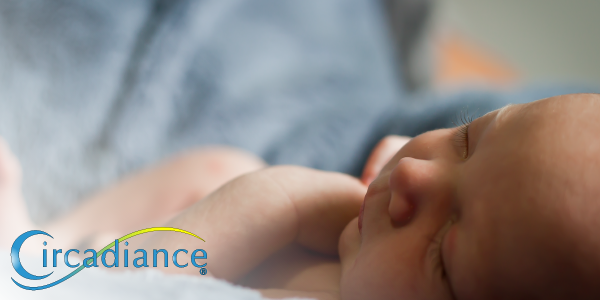Thursday, November 21, 2019, has been declared Worldwide Pressure Injury Prevention Day by the National Pressure Ulcer Advisory Panel (NPUAP). Due to the serious nature of skin injuries, and the wide range of the world population who are affected by skin injuries, healthcare professionals from around the world are raising awareness of the pressure injuries that are caused by medical devices.
Many studies have identified that the most common devices associated with MDRPIs (Medical Device Related Pressure Injuries) include continuous positive airway pressure devices – CPAP Masks. The common areas affected with PAP-related pressure injuries are the areas where the mask contacts the skin on the face, such as the nasal bridge, cheeks, chin, above the ears and the forehead.
This means that the estimated 26% of all adults between the ages of 30-70 years old who wear CPAP are exposed to, or are experiencing, pressure injuries from wearing their CPAP device (which is being worn to improve their quality of life)! With the rising numbers of the pediatric population diagnosed with obstructive sleep apnea and who are wearing a CPAP device, many are also experiencing pressure injuries. (At the time of writing, there is no clear percentage of seniors who wear CPAP and experience pressure injuries).
Currently, medical teams (nurses, respiratory therapists and physicians) who see both ‘in-patient’ and ‘out-patient’ PAP users are witnessing a rise in the incidence of medical device-related pressure injuries in patients who are diagnosed with obstructive sleep apnea.
In addition to the NPUAP, the Joint Commission (the regulatory accrediting agency for hospitals) points out that nearly all hospital patients require at least one medical device per admission for care and treatment, putting each of these patients at risk for skin injury. One pediatric hospital found that there was a ‘double digit’ increase in the incidence of PAP related pressure injuries, but after the Hospital Clinicians formed an interdisciplinary team to research this increase they were able to provide a solution for this trend by introducing and using all ‘skin friendly’ masks. There was an almost immediate decrease in pressure injuries upon the introduction of this "Plan-Do-Study-Act" model of quality improvement.
In Pediatric Units, non-invasive ventilation (NIV) is used as a common first-line therapy for many pediatric respiratory conditions, which often includes using PAP therapy. Within the Pediatric Units, it has been observed that discomfort and skin breakdown were the most common causes for NIV failure. With the experience of skin breakdown, some Risk factors that contribute to pressure injuries include:
- Tight device connection resulting in poor circulation, friction or shearing
- Moisture under the device
- Lack of awareness (by the patient or the caregiver/family) to be alert for skin changes/assessments and early prevention
Because MDRPIs form faster than non-MDRPIs, being proactive is crucial. Patient education cannot be stressed enough. It is also crucial that the interface chosen for the pap user is skin-friendly. As well as being able to provide the appropriate PAP therapy.
Because there is more emphasis on the skin from all levels of health care professionals, and because of the high cost of wound care and healing (some estimates have health care costs ranging anywhere between $5,000 per patient to as high as $70,000 per patient), it is recommended that more skin-friendly PAP options are seriously considered.
Along with the choice of a skin-friendly mask option, there are two other important factors that will help prevent skin-related injuries:
- The correct size of the mask interface must be chosen as the success of PAP therapy is dependent on the patient’s ability to tolerate the mask interface.
- Patient education on mask fitting and skin assessments is crucial. (Including family-centered education to provide support and encouragement.)





